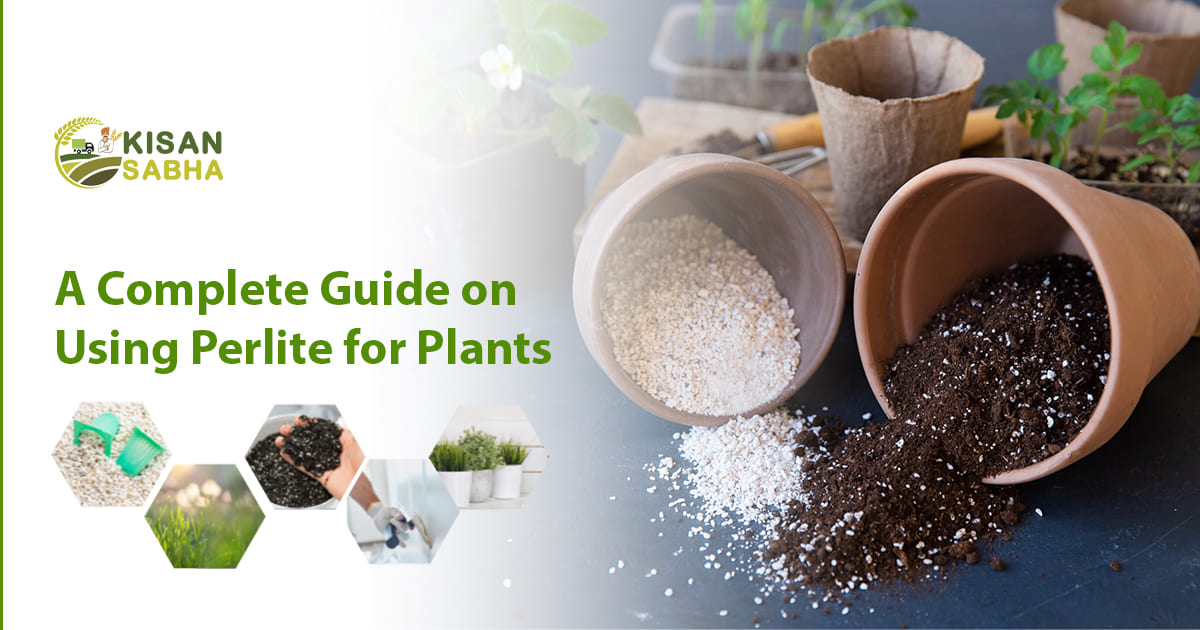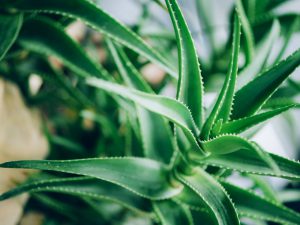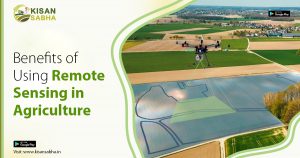Perlite is a versatile and lightweight material widely used in gardening and horticulture to improve soil structure and provide better-growing conditions for plants. It is a naturally occurring volcanic glass that expands significantly when heated, creating a porous and lightweight material with excellent water retention and drainage properties. In this comprehensive guide, we will explore how to use perlite for plants and its various benefits to enhance plant growth and overall gardening success.
What is Perlite?
Perlite is a volcanic glass that forms when obsidian, a volcanic rock, is heated rapidly. The heating process causes the trapped water molecules within the obsidian to vaporize and expand, resulting in a lightweight and porous material. This expanded perlite is then crushed and graded into various sizes for different horticultural applications.
Perlite is sterile and pH-neutral, making it an excellent medium for plant growth. Its unique properties allow it to hold moisture while providing ample aeration, promoting healthy root development, and preventing soil compaction.
How to Use Perlite for Plants?
Improving Soil Aeration
One of the primary uses of perlite in gardening is to improve soil aeration. Compacted soil can restrict oxygen availability to plant roots, leading to poor growth and root diseases. However, by incorporating perlite into the soil, you can increase pore space, allowing for better air circulation and oxygen exchange in the root zone. This aeration promotes robust root development and overall plant health.
To use perlite for improving soil aeration, mix it with the existing soil or potting mix. Adding 25-30% perlite by volume for heavy or clay soils will significantly enhance aeration. However, in container gardening, use a mixture of peat moss, compost, and perlite to create a lightweight and well-draining growing medium.
Enhancing Drainage
Overwatering is a common problem that can lead to root rot and other water-related issues in plants. Perlite’s porous structure enables it to absorb and hold water, releasing it slowly to the plant roots. This property ensures adequate moisture retention without waterlogging the soil.
To enhance drainage, add perlite to the potting mix or garden soil. The perlite particles create air pockets in the soil, allowing excess water to drain away freely. However, this prevents water from accumulating around the roots and reduces the risk of water-related plant diseases.
Starting Seeds
Perlite is an excellent medium for starting seeds because it is sterile and provides a light, airy environment that encourages germination. Seedlings need sufficient moisture and oxygen to develop strong roots and healthy growth.
However, to use perlite for seed starting, create a mixture of equal parts perlite and peat moss. Moisten the mixture, and place it in seed trays or pots.
Propagation
Perlite is also valuable for plant propagation, especially for cuttings and divisions. It offers a clean and airy environment that helps new roots develop quickly.
Prepare a mix of perlite and water in a container for propagating cuttings, creating a slurry-like consistency. Dip the cut end of the cutting into the perlite mix, ensuring that the cut is coated with perlite. Place the cuttings in a well-draining container or tray, and keep them in a humid environment until they develop roots.
Mixing with Compost and Vermiculite
Perlite can be combined with compost and vermiculite to create a well-balanced potting mix with excellent water retention, aeration, and nutrient availability. This combination provides a complete growing medium that meets the needs of various plants.
To create a potting mix, combine equal parts of compost, vermiculite, and perlite. Also, this mix will provide a stable structure for plant roots, retain moisture, and supply essential nutrients for healthy plant growth.
Also Read:- Corporate Farming: Unveiling the Aspects and Benefits for Farmers
Benefits of Using Perlite for Plants
Using perlite for plants offers several benefits that contribute to healthier and more robust growth:
- Improved Drainage: Perlite’s porous nature facilitates water drainage, preventing waterlogged soil and root rot.
- Enhanced Aeration: The addition of perlite increases air circulation in the root zone, promoting healthy root development.
- Lightweight: Perlite is lightweight, making it ideal for container gardening and reducing the overall weight of large pots.
- Sterile and pH-Neutral: Perlite is sterile and pH-neutral, preventing the introduction of harmful pathogens and providing an optimal pH environment for most plants.
- Reduced Soil Compaction: Perlite’s presence in the soil helps prevent compaction, allowing plant roots to penetrate easily and access essential nutrients.
- Suitable for Various Plants: Perlite is suitable for a wide range of plants, from indoor houseplants to outdoor garden plants.
Conclusion
Perlite is a versatile and valuable horticultural material that provides numerous benefits for plant growth and gardening success. However, by incorporating perlite into the soil, potting mix, or seed starting medium, you can improve soil aeration, enhance drainage, and create an optimal environment for root development. Also, its lightweight nature and neutral pH make it suitable for various plants and gardening applications. Whether you are a seasoned gardener or a beginner, using perlite for plants will undoubtedly prove beneficial in fostering healthy and thriving greenery.




